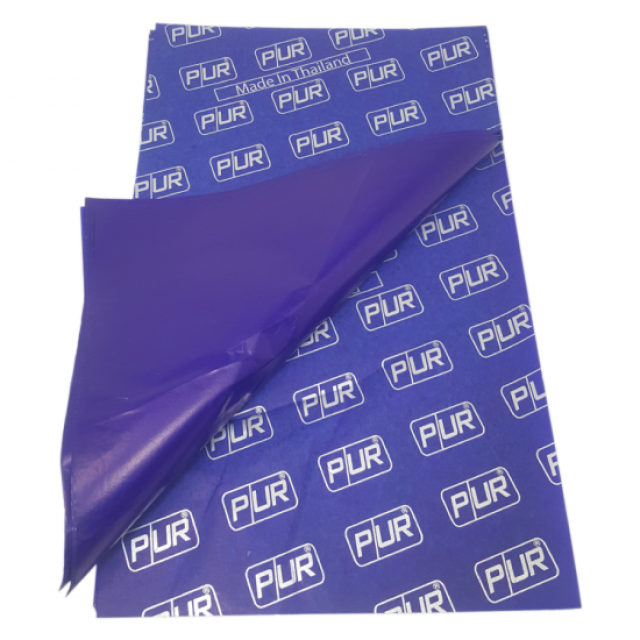Carbon paper was originally paper coated on one side with a layer of a loosely bound dry ink or pigmented coating, bound with wax, used for making one or more copies simultaneously with the creation of an original document when using a typewriter or a ballpoint pen. The manufacture of carbon paper was formerly the largest consumer of montan wax. In 1954 the Columbia Ribbon & Carbon Manufacturing Company filed a patent for what became known in the trade as solvent carbon paper. The coating was changed from wax-based to polymer-based. The manufacturing process changed from a hot-melt method to a solvent-applied coating or set of coatings. It was then possible to use polyester or other plastic film as a substrate, instead of paper, although the name remained carbon paper.
In 1801, Pellegrino Turri, an Italian inventor, invented carbon paper to provide the ink for his mechanical typing machine, one of the first typewriters. Ralph Wedgwood obtained the first patent for carbon paper in 1806.
Carbon paper was the principal medium of reproduction for samizdat, a publication method used in the former Soviet Union in order to publish books without having to use state-controlled printing houses and risk the censorship or imprisonment that was commonplace at the time.
While the use of carbon paper has declined to almost nothing, a legacy of its once widespread use has remained in the header of emails, where the abbreviation "cc" stands for "carbon copies", the copies intended for recipients other than the principal addressee.

